The world of horse racing is as complex as it is exciting, with various factors influencing the outcome of any given race. One aspect that often sparks interest is the race horse gender. Delving into the specifics, understanding the thoroughbred sexes and the roles they play is essential for enthusiasts and professionals alike. Gender dynamics can influence performance, breeding decisions, and even betting strategies.
Understanding Thoroughbred Sexes
Thoroughbreds, the most common breed in horse racing, are typically categorized into three sexes: males (stallions and colts), females (mares and fillies), and geldings (castrated males). Each group has its characteristics and roles within the sport, with specific races and competitions designed to showcase their talents.
Equine Sex Differences in Racing
The equine sex differences in racing are not merely biological but also impact training approaches and race eligibility. These differences can be subtle yet significant when evaluating a race horse’s potential and career trajectory.
Male Race Horses
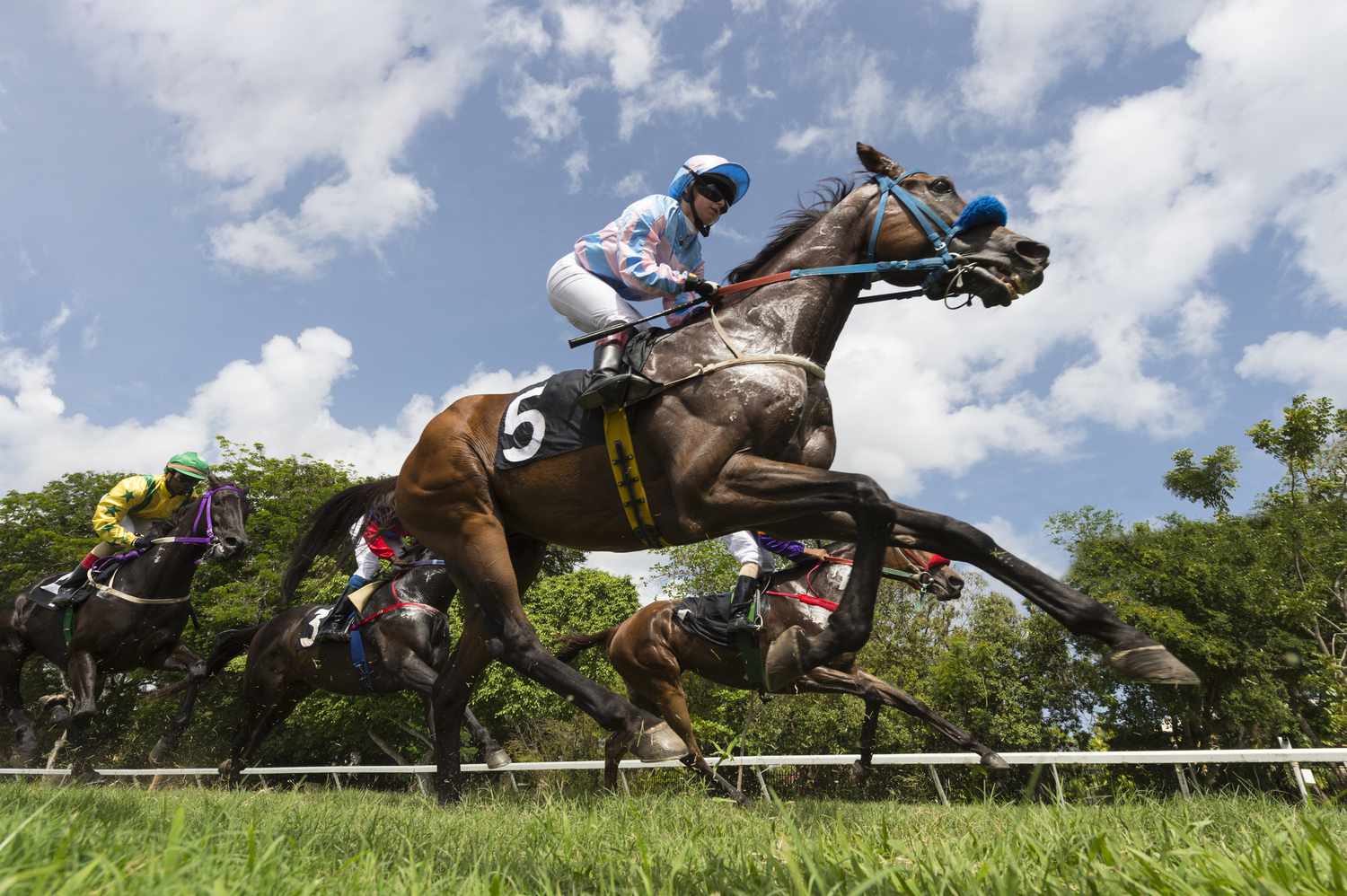
Male thoroughbreds tend to dominate the headlines, often thanks to their impressive physicality and spirited performances. However, there’s more to male race horses than just their bold presence on the track.
Stallions in Racing
Stallions in racing are known for their power and stamina, often competing at the highest levels. They are typically kept intact for breeding purposes, with successful racing careers enhancing their value as sires.
Colts and Their Performance in Racing
Younger male horses, known as colts, compete in races specifically designed for their age group. The performance of colts and fillies in racing is closely monitored, as it can be a strong indicator of future success for these up-and-coming stars.
Female Race Horses
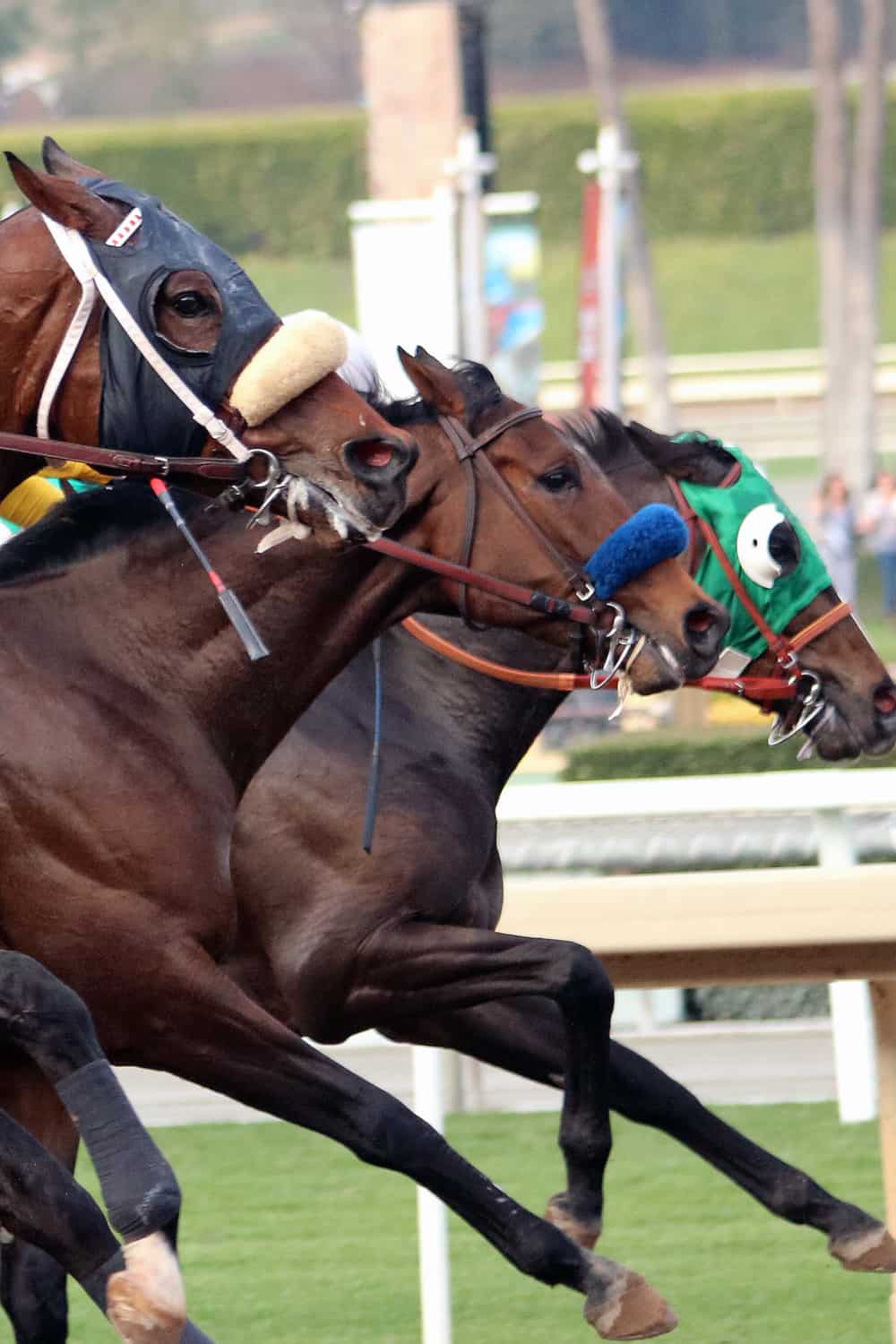
While they might not always be in the spotlight, female race horses have proven time and again that they can compete with, and often outperform, their male counterparts.
Mares in Competitions
Mares in competitions are adult female horses that have often established themselves on the track. They can run in mixed-gender races, although there are events exclusively for them, highlighting their abilities and contributions to the sport.
Fillies on the Race Track
Young female horses, or fillies, like colts, have races tailored to their age group. These races can serve as stepping stones to more prestigious events and provide valuable insight into their potential for future success.
Gender in Horse Racing
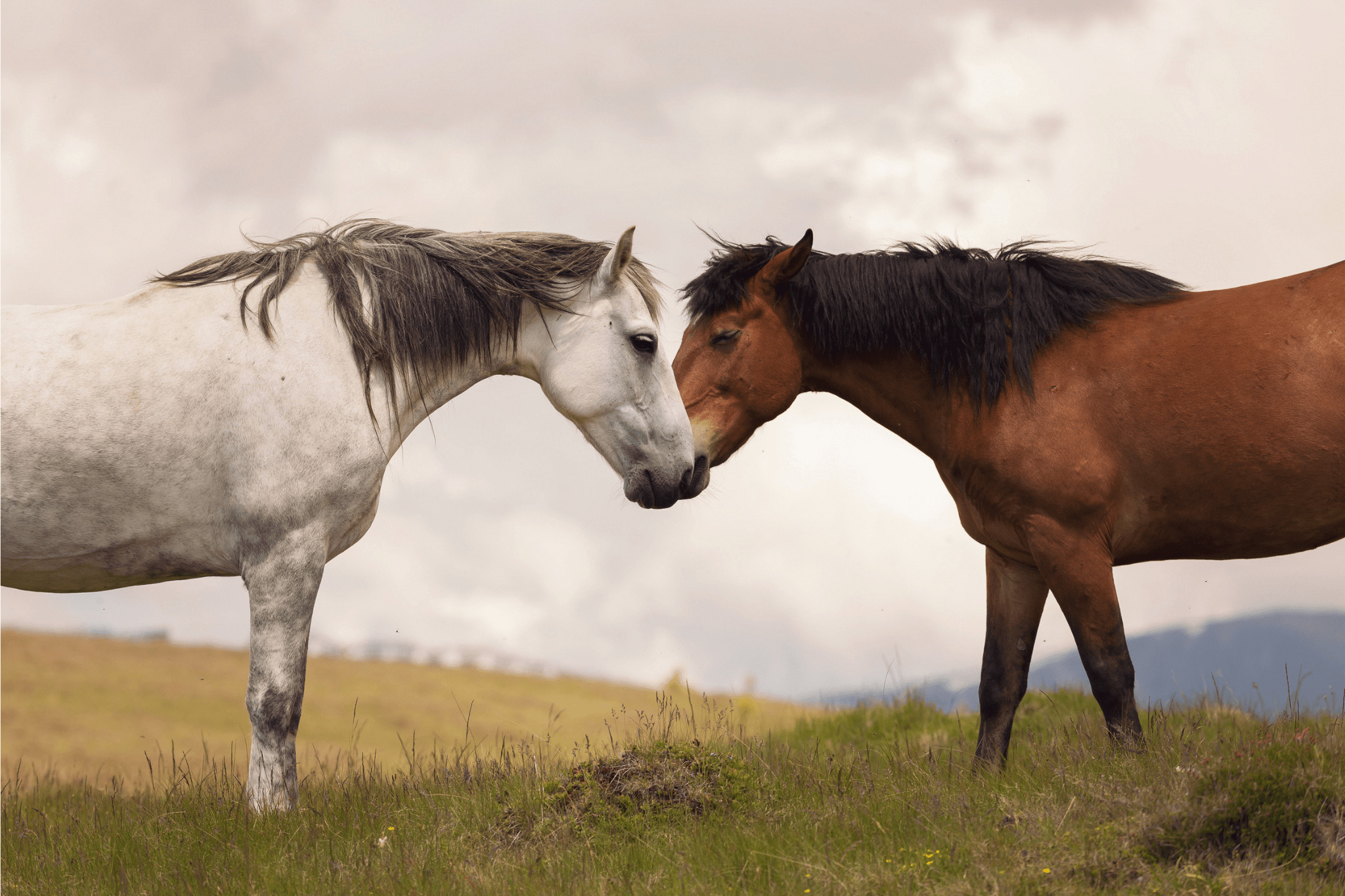
The gender in horse racing is a topic of ongoing debate and analysis, with various studies and statistics shedding light on how gender may influence race outcomes.
The Impact of Gender on Racing Success
While many factors contribute to a race horse’s success, gender can play a significant role in their racing careers. From physical attributes to hormonal influences, the impact of gender is a subject of interest for breeders, trainers, and bettors alike.
Historical Perspectives on Race Horse Gender
Looking back through the annals of horse racing history, the contributions of both male and female race horses are evident. Historical perspectives can offer valuable lessons on the evolution of gender roles within the sport.
Race Horse Breeding and Gender
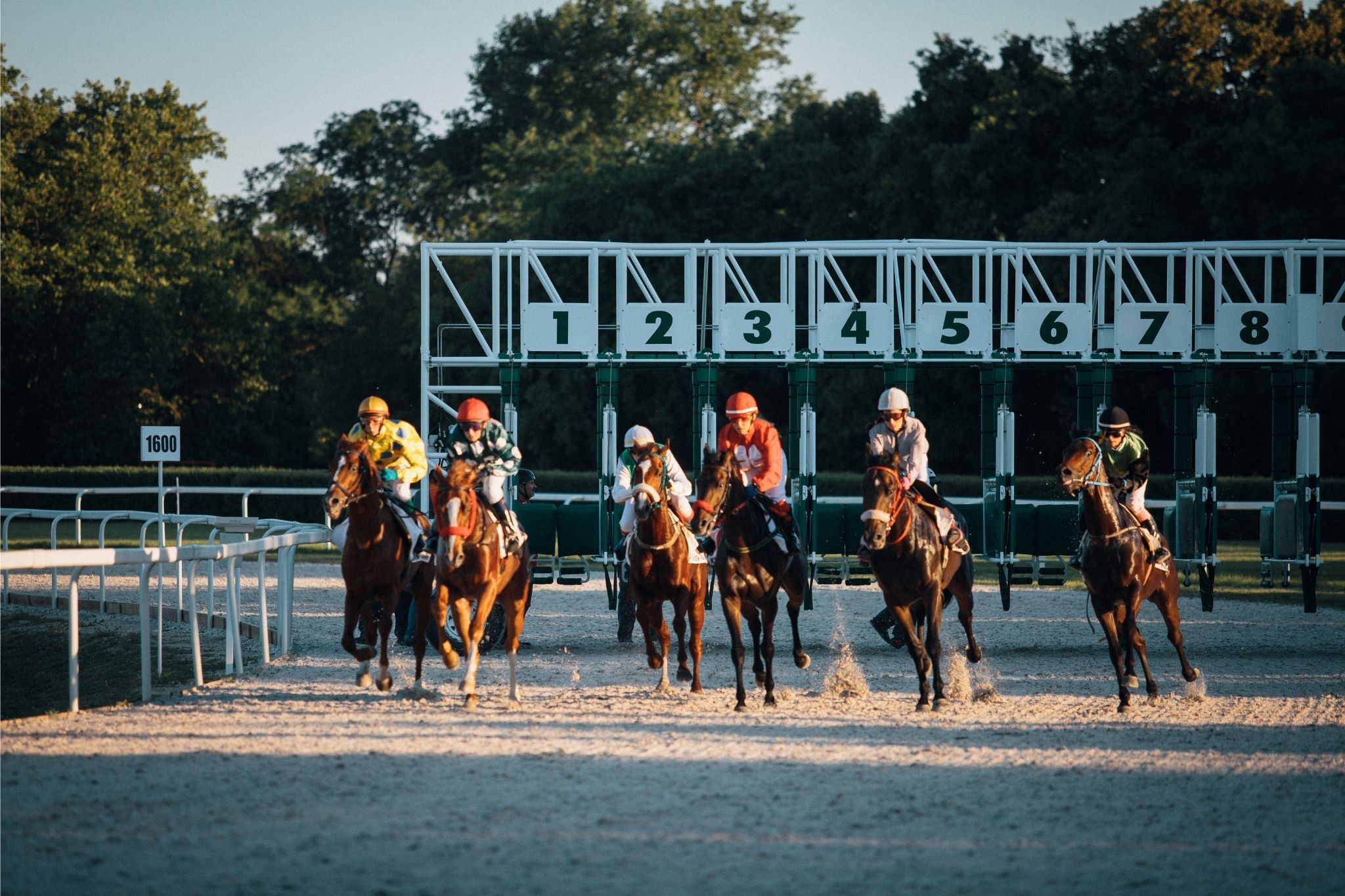
A crucial component of the racing industry is race horse breeding, where gender plays a pivotal role. Breeding strategies hinge on the careful selection of stallions and mares to produce the next generation of champions.
How Race Horse Breeding Considers Gender
Breeders pay close attention to gender when planning matings, looking for the perfect combination of traits to pass on to offspring. The process is both an art and a science, requiring a deep understanding of equine genetics.
The Role of Gender in Breeding Strategies
Gender influences breeding strategies in several ways, including the timing of matings and the selection of mates based on their racing records and genetic potential. Successful breeding programs are often built on the legacy of outstanding male and female race horses.
Comparing Male and Female Race Horses
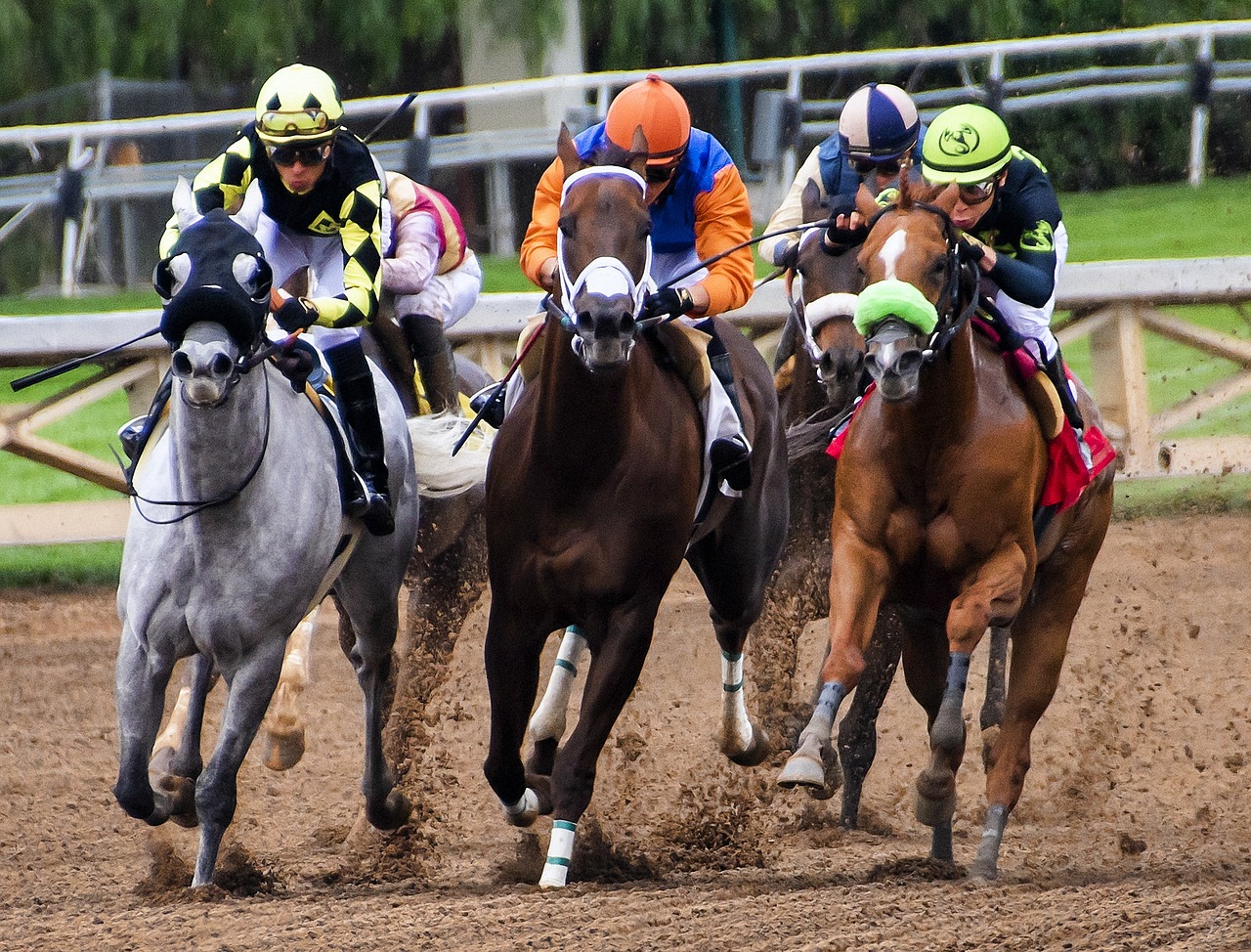
When it comes to performance on the track, comparing male and female race horses can be as challenging as it is fascinating. Each has the potential to excel, but their paths to victory can differ significantly.
Performance Analysis of Stallions versus Mares
Performance analysis often includes comparing the track records of stallions versus mares. While stallions may exhibit more raw power, mares often display remarkable endurance and consistency, making such comparisons complex.
Notable Male and Female Race Horses in History
The annals of horse racing are filled with legendary names — icons that have transcended gender to become symbols of excellence. Celebrating these equine athletes provides context and inspiration for the future of the sport.
- Man o’ War – A dominating stallion whose legacy endures.
- Zenyatta – A mare known for her thrilling come-from-behind victories.
Current Trends in Race Horse Gender
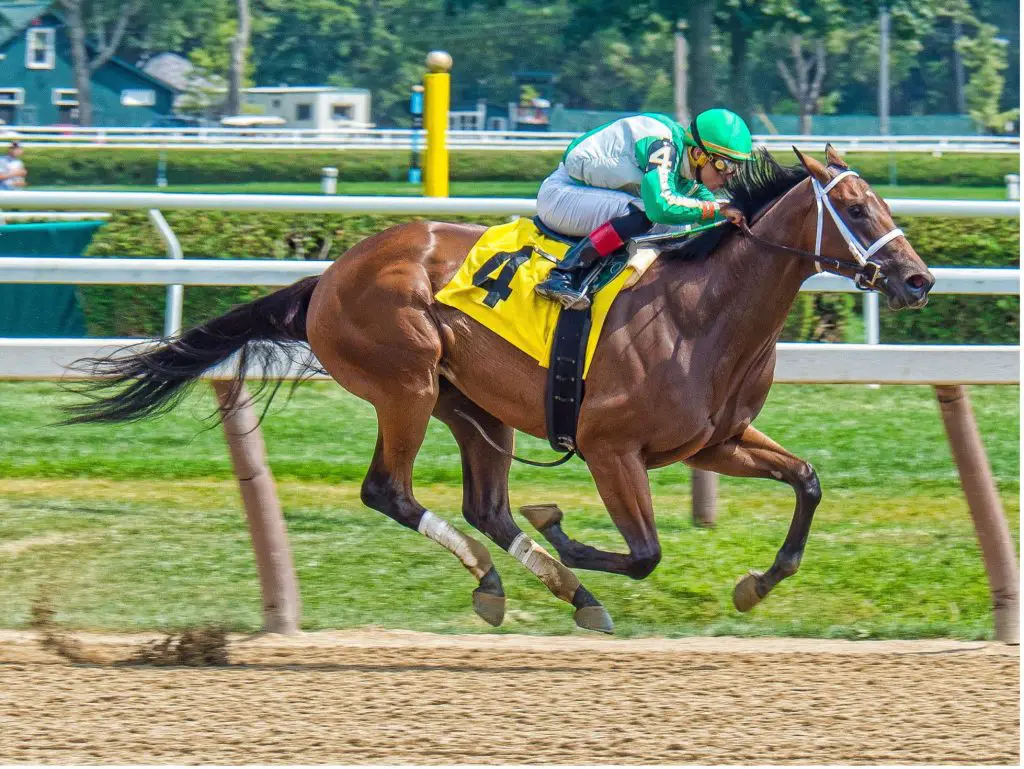
As the industry evolves, so do the trends related to race horse gender. Keeping abreast of these changes is crucial for anyone involved in the sport, from trainers to bettors.
Statistics on Male and Female Race Horses
Recent statistics shed light on the current state of gender distribution in racing. These numbers reveal not only participation rates but also point to shifts in breeding and training practices.
Changing Trends in Gender Participation in Racing
The landscape of horse racing is ever-changing, with gender participation trends reflecting broader shifts in the industry. These trends can have far-reaching implications, influencing everything from the sport’s popularity to its economic viability.
In the exhilarating world of horse racing, one might wonder about various aspects of racehorses, including their age, breeding, and even gender. While the gender of racehorses can vary with both male and female horses competing, there’s a wealth of knowledge to be discovered about these majestic animals. For instance, you can learn about the typical ages at which horses start their racing careers in our article on how old race horses are. Additionally, if you’re curious about the origins of these equine athletes, our piece on how horses are born provides fascinating insights into their early lives. Lastly, understanding the selective breeding process that leads to the birth of champions can be found in our article about how horses are bred. Each aspect, including gender, plays a vital role in the making of a racehorse.
Conclusion: The Future of Gender in Horse Racing
As we look to the future, the role of gender in horse racing remains a topic of vital importance. With advancements in science and shifts in societal attitudes, the potential for change is immense. The industry must continue to adapt, ensuring that the contributions of both male and female race horses are valued and celebrated, as they together shape the rich tapestry of this storied sport.



